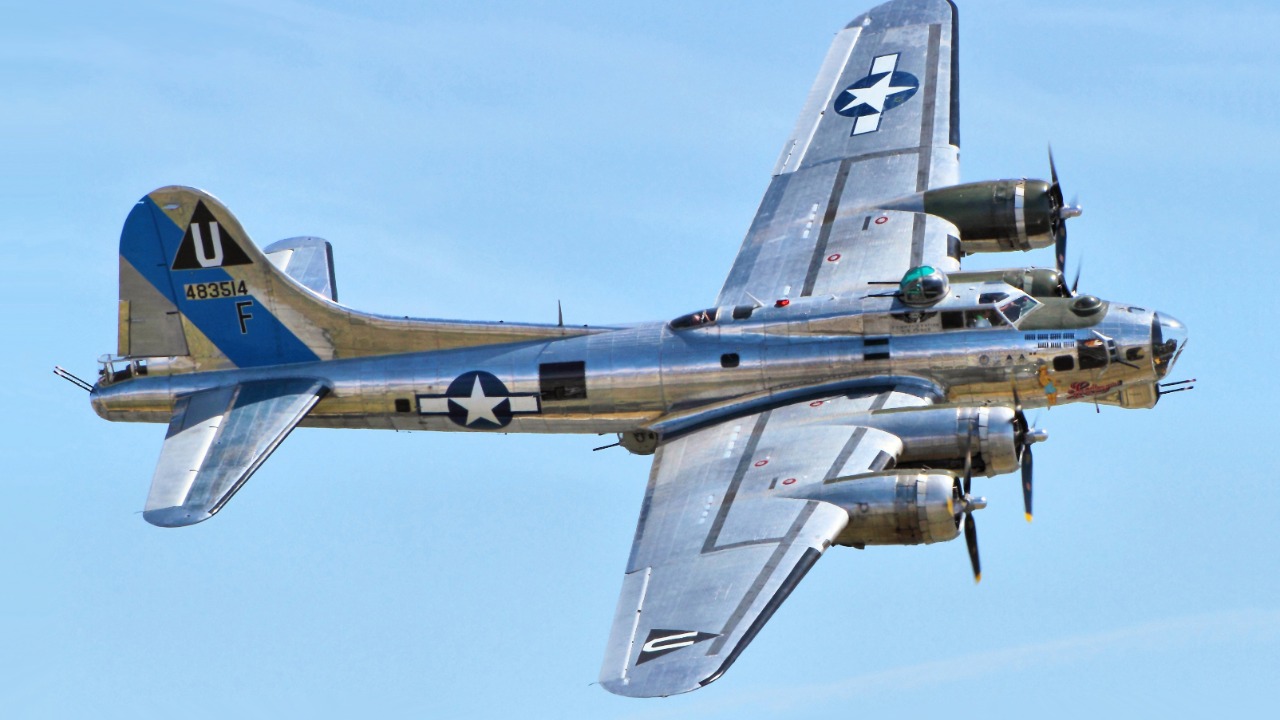
Eight decades ago, a World War II B-17 bomber plunged into the depths of the Baltic Sea, taking with it a crew of Allied airmen and their mission details. Today, scientists are finally unearthing the secrets of this long-lost aircraft, piecing together the identities of those onboard and shedding light on a forgotten chapter of wartime aviation history.
The Historical Context of the B-17 Mission
The B-17 bomber, also known as the “Flying Fortress,” played a pivotal role in World War II operations over Europe. These aircraft were typically deployed for strategic bombing missions in the Baltic region, targeting enemy infrastructure to cripple their war efforts. The crash of this particular B-17 bomber aligns with the timeline of the broader Allied bombing campaigns of 1944-1945.
Each B-17 was typically crewed by 9-10 members, a fact that underscores the challenges faced by researchers in identifying the individuals onboard. The task is akin to solving a complex puzzle, with each piece representing a life lost and a story waiting to be told.
Discovery of the Wreckage
The wreckage of the B-17 bomber lies deep within the Baltic Sea, preserved by the cold, low-oxygen conditions. The depth and location of the crash site have made it a challenging task for researchers to locate and study the aircraft. However, modern technologies such as sonar mapping and underwater surveys have made it possible to reach these once inaccessible depths.
Initial findings from the site confirmed the wreckage as a B-17 bomber. Visible fuselage markings and other identifiable features of the aircraft provided the first clues to its identity, marking a significant breakthrough in the investigation.
Challenges in Identifying the Crew
Identifying the crew members of the B-17 bomber is a daunting task. Incomplete wartime records and the passage of 80 years since the crash have created significant hurdles for researchers. However, they are employing a range of forensic techniques to overcome these challenges.
Personal effects or dog tags recovered from the wreckage are being analyzed, providing potential clues to the identities of the crew. Additionally, military archives are being cross-referenced to match potential names to the B-17’s crew, a painstaking process that is slowly yielding results.
Scientific Methods and Technology Involved
Modern underwater robotics and imaging technologies are playing a crucial role in the investigation. These tools allow scientists to examine the B-17 bomber without disturbing the site, preserving the integrity of the wreckage and any potential evidence it holds.
There is also the possibility of conducting DNA analysis on any remains found at the crash site. While challenging due to the passage of 80 years since the crash, such analysis could provide definitive confirmation of the identities of those onboard. This collaborative effort involves archaeologists, historians, and military experts, each bringing their unique expertise to the table.
Significance for WWII History
Identifying the crew of this B-17 bomber not only honors the sacrifices of Allied airmen in the Baltic theater but also provides valuable insights into the objectives of their mission. As scientists learn more about who was onboard, they may be able to infer details about the mission’s goals and strategies.
The investigation also has a profound impact on the families of the crew members, offering a sense of closure decades after the loss of their loved ones. It serves as a poignant reminder of the human cost of war, bringing personal stories to the forefront of historical narratives.
Future Steps in the Investigation
Looking ahead, scientists plan to conduct further expeditions to the Baltic crash site to gather more artifacts from the B-17 bomber. These artifacts could provide additional clues to the identities of the crew members and the nature of their mission.
Efforts to finalize the identities of those onboard will continue, with researchers meticulously cross-referencing findings from the wreckage with historical records. Ethical considerations will also guide the handling of remains and wreckage from the site, ensuring respect for those who lost their lives in the crash.
This investigation, as detailed in recent reporting, is a testament to the power of science and history working hand in hand. It is a journey of discovery that transcends time, bridging the gap between a tragic past and a future that honors those who made the ultimate sacrifice.
More from MorningOverview